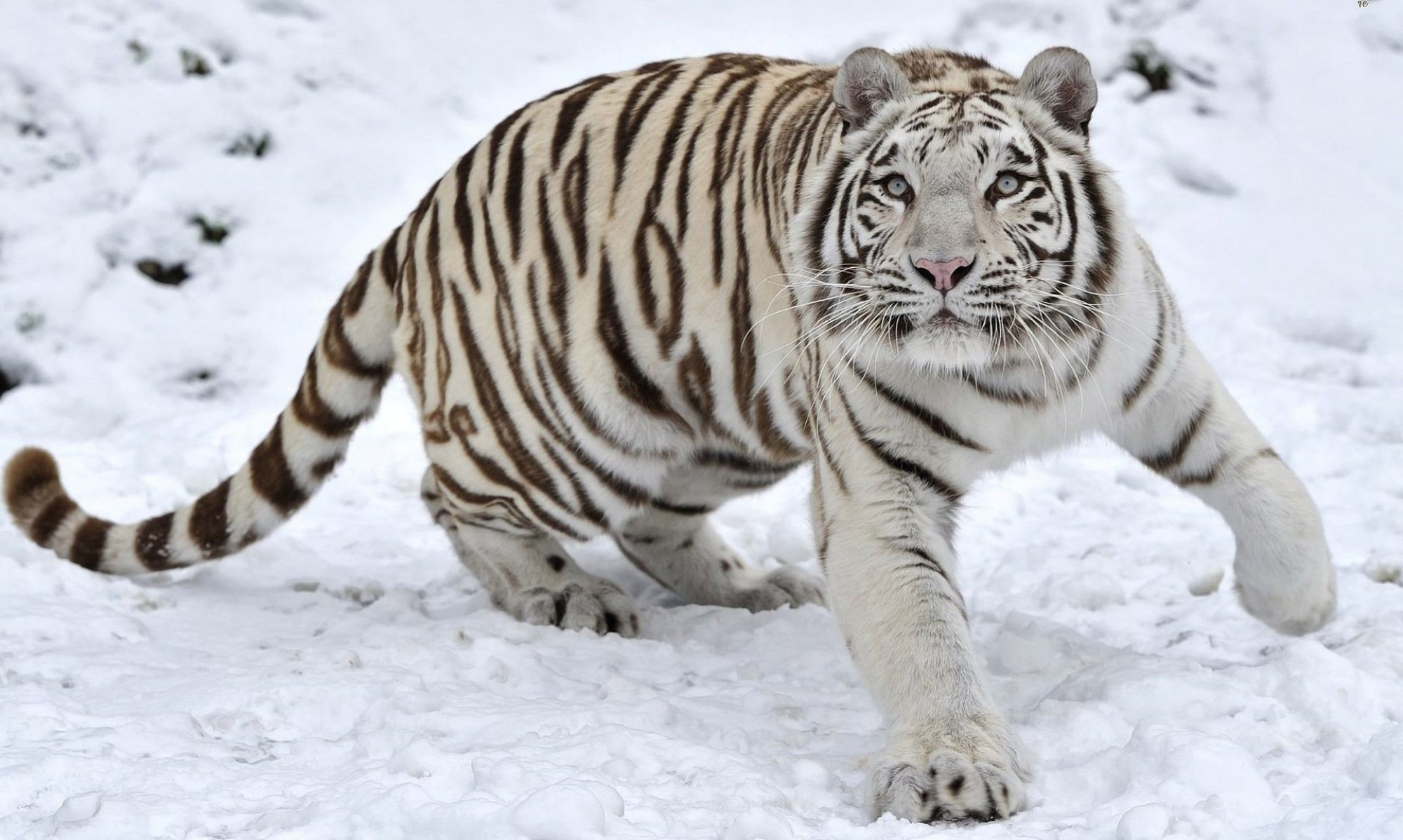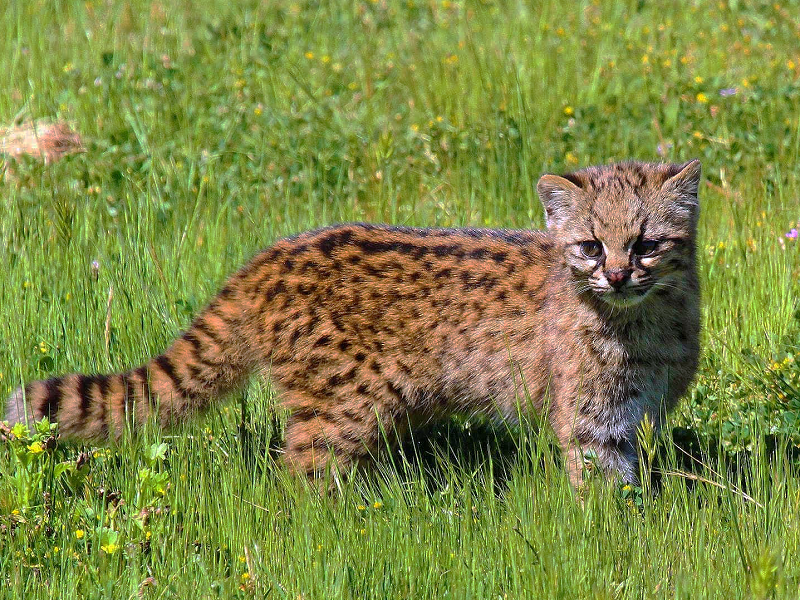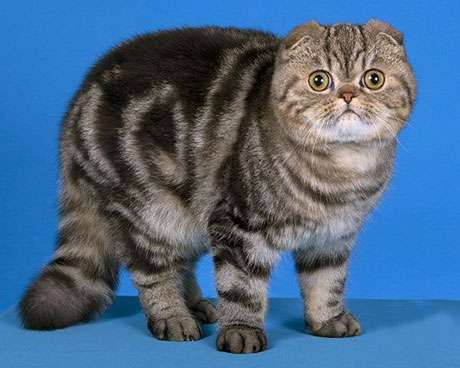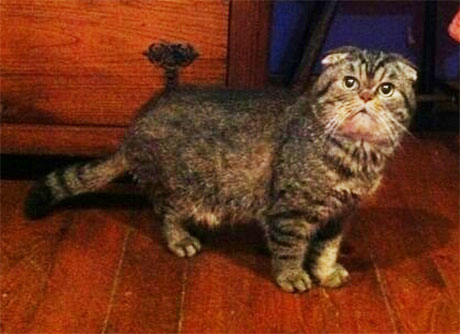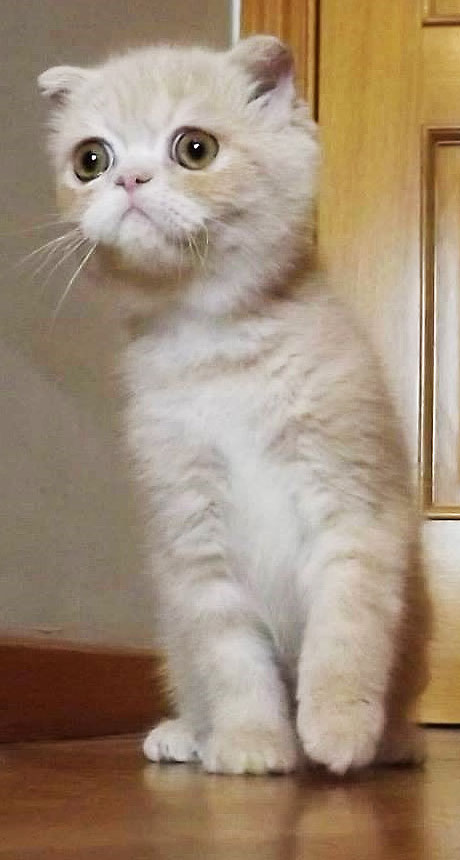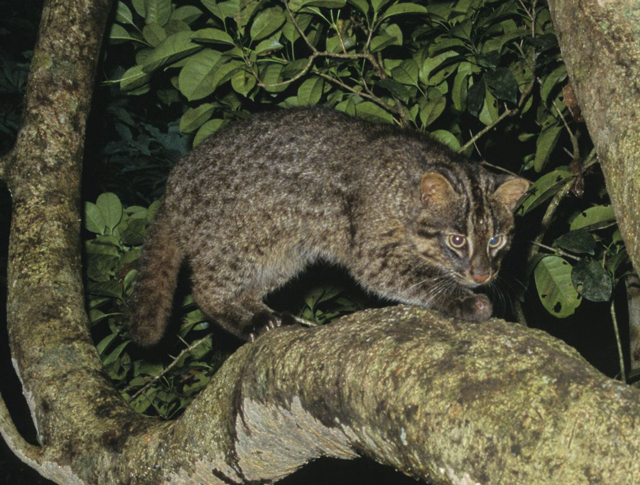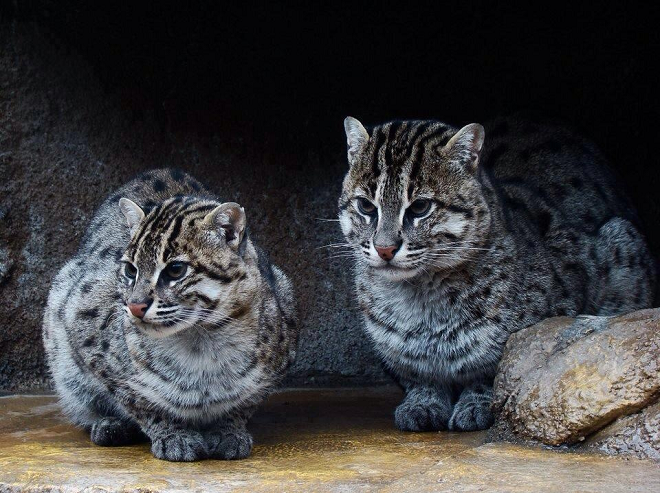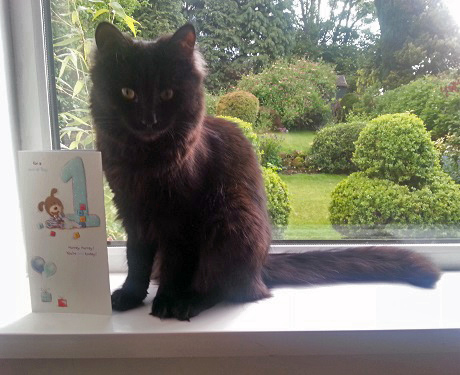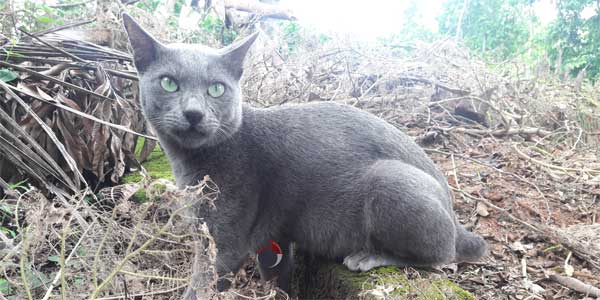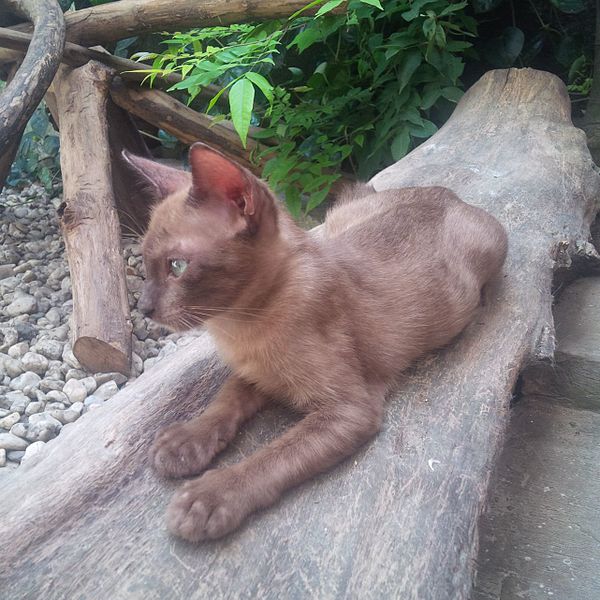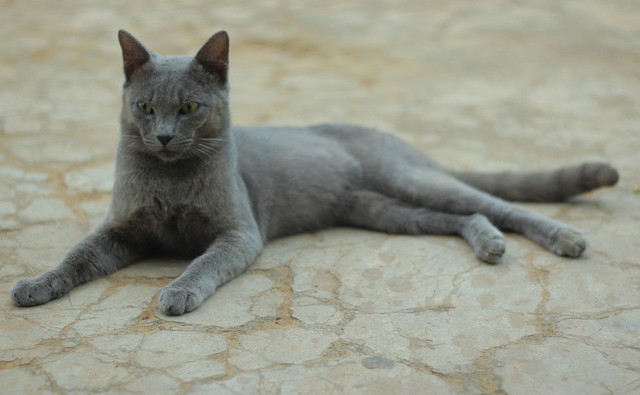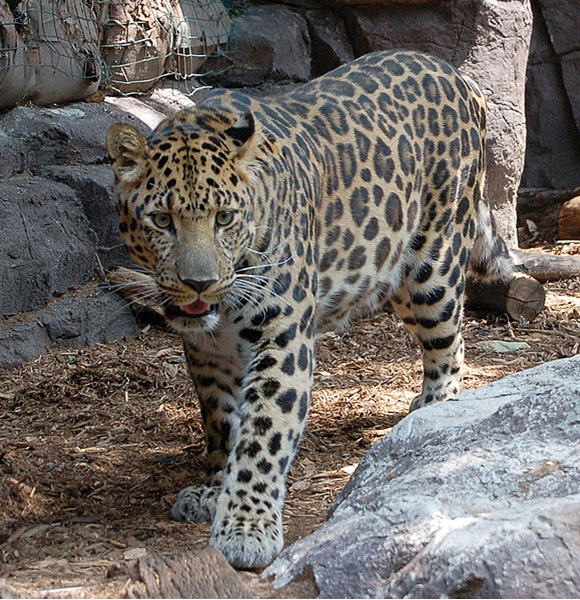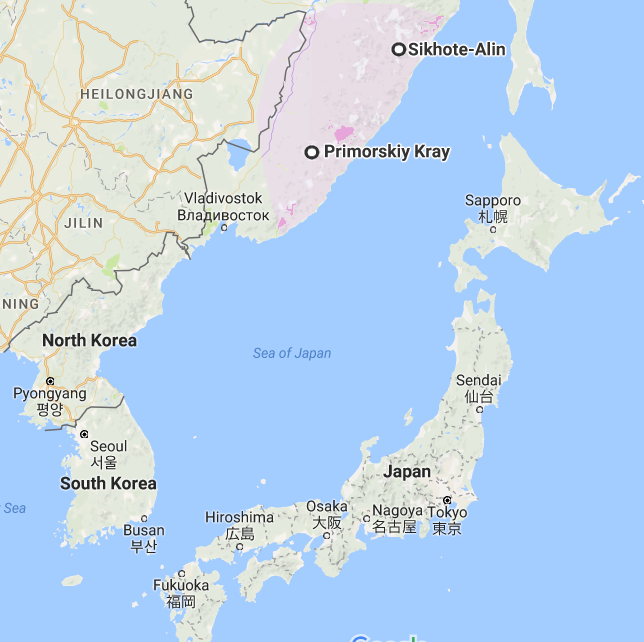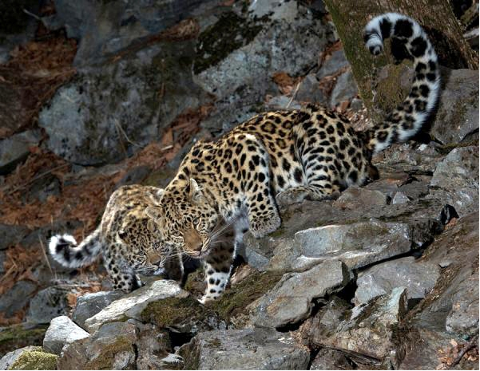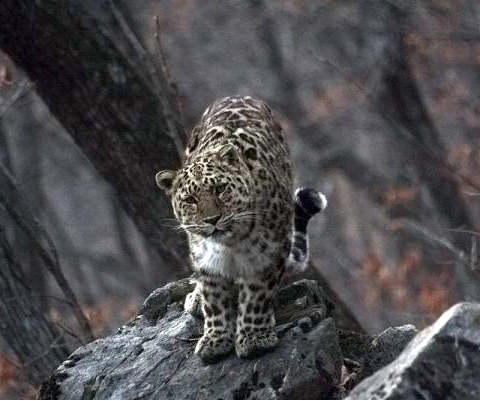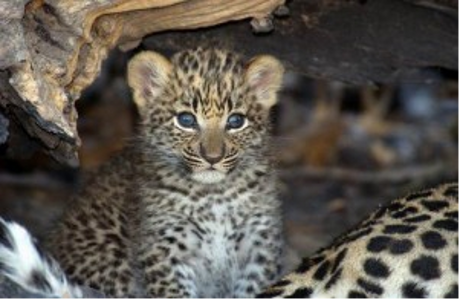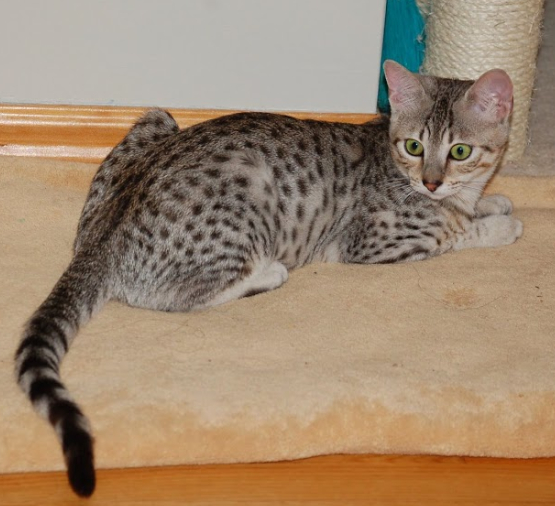Cat of the Month ~ January 2018
The tiny Kodkod Cat or Guigna (Oncifelis guigna) is one of the worlds smallest and least known cats, and is in fact the smallest cat in the entire land mass of North and South America combined.
These felines are found in central and southern Chile, from Santiago to Parque Nacional Laguna San Rafael (a distance of well over 2000 kilometers), and also in western Argentina (generally on the west coast of South America). Information about the ecology of Kodkod is largely anecdotal. Guignas have one of the smallest geographical distributions known for any felid, and therefore any information gathered by scientists or local people can improve our knowledge and assist in further steps in conservation.
The kodkod has a small head, large feet, and a thick tail. The length of a typical adult is around 45 centimetres, with a short 20 to 25 centimetres tail and a shoulder height of about 25 centimetres. The weight of a fully grown animal is between 2 to 2.5 kilograms (5 pounds).
The coat has a base color ranging from brownish-yellow to grey-brown. Guignas have black spotted gray fur, black dorsal stripes on their necks, and bushy, banded tails. The body is decorated with dark spots, with a pale underside and a ringed tail. The ears are black with a white spot, while the dark spots on the shoulders and neck almost merge to form a series of dotted streaks. Melanistic Kodkods with spotted black coats are quite common.
Kodkods are strongly associated with mixed temperate rainforests of the southern Andean and coastal ranges, particularly the Valdivian and Araucaria forests of Chile. These forests are noted as having bamboo spread under the tree canopy. These evergreen temperate rainforest habitats are the preferred areas for the Kodkod as they are less damp than deciduous temperate moist forests and coniferous forests. They are versatile and tolerant of altered habitats, being found in secondary forest and shrub as well as in primary forest. They will even be found on the fringes of settled and cultivated areas. In Argentina, for example, they have been recorded hunting in moist montane or mountainous forest, not thier preferred region, ranging up to the treeline at approximately 1,900 m (6,200 ft) in this and other areas.
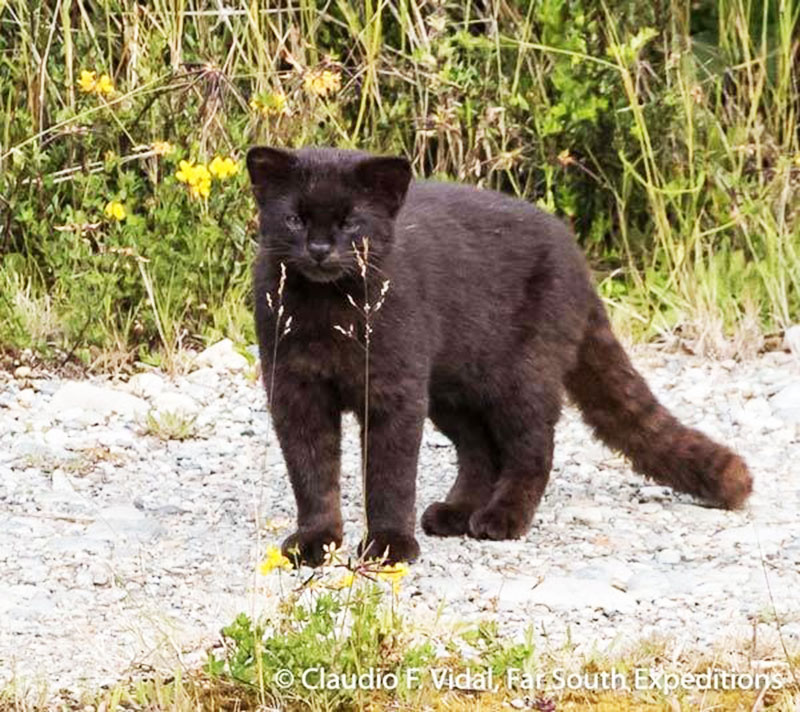
Kodkods are equally active during the day as during the night, although they only venture into open terrain under the cover of darkness. During the day, they rest in dense vegetation in ravines, along streams with heavy cover, and in piles of dead gorse. They are excellent climbers, and easily able to climb trees more than a meter in diameter. On the ground they stalk abd hunt birds, lizards and rodents in the ravines and forested areas, feeding on southern lapwing, austral thrush, chucao tapaculo, huet-huet, domestic geese and chicken.
In studies carried out it has been reported that male Kodkods maintain exclusive territories 1.1 to 2.5 square kilometres in size, while females occupy smaller ranges of just 0.5 to 0.7 square kilometres.
Whilst breeding, the gestation period lasts for around 75 days and the average litter size is one to three kittens. Also, they are known to live until they are around 11 years old.
The major threat to the Kodkod is logging of its temperate moist forest habitat, and the spread of pine forest plantations and agriculture, particularly in central Chile. In 1997 to 1998, two out of five radio-collared Kodkods were killed on Chilo Island whilst attempting to gain food from chicken coops.
There are two known subspecies of this cat:
- Leopardus guigna guigna – found in Southern Chile and Argentina
- Leopardus guigna tigrillo – found in Central Chile
The kodkod was formerly considered a member of the genus Oncifelis, which consisted of three small feline species native to South America. All of these species have now been moved into the genus Leopardus. Along with the Kodkod, the former members of Oncifelis were the Colocolo and Geoffroy’s cat.
Another Vulnerable Animal:
Like the Iriomote Cat featured in our blog of July last year, the Kodkod cat is an endangered feline. Since 2002, it has been listed as Vulnerable on the IUCN Red List as the total effective population may comprise less than 10,000 mature individuals, and is threatened due to persecution, loss of habitat and its prey base.
Source: From Wikipedia & others
References:
1. BBC Television. Big Cats – Episode Listing (2018)
2. Small Wildcats. http://smallwildcats.com/ Please donate on this site ~ if you can afford it!
3. Book. Natural history and landscape-use of Guignas on isla Grande De chiloé, Chile
Author(s): Jim Sanderson, Mel E. Sunquist, and Agustin W. Iriarte, Source: Journal of Mammalogy
